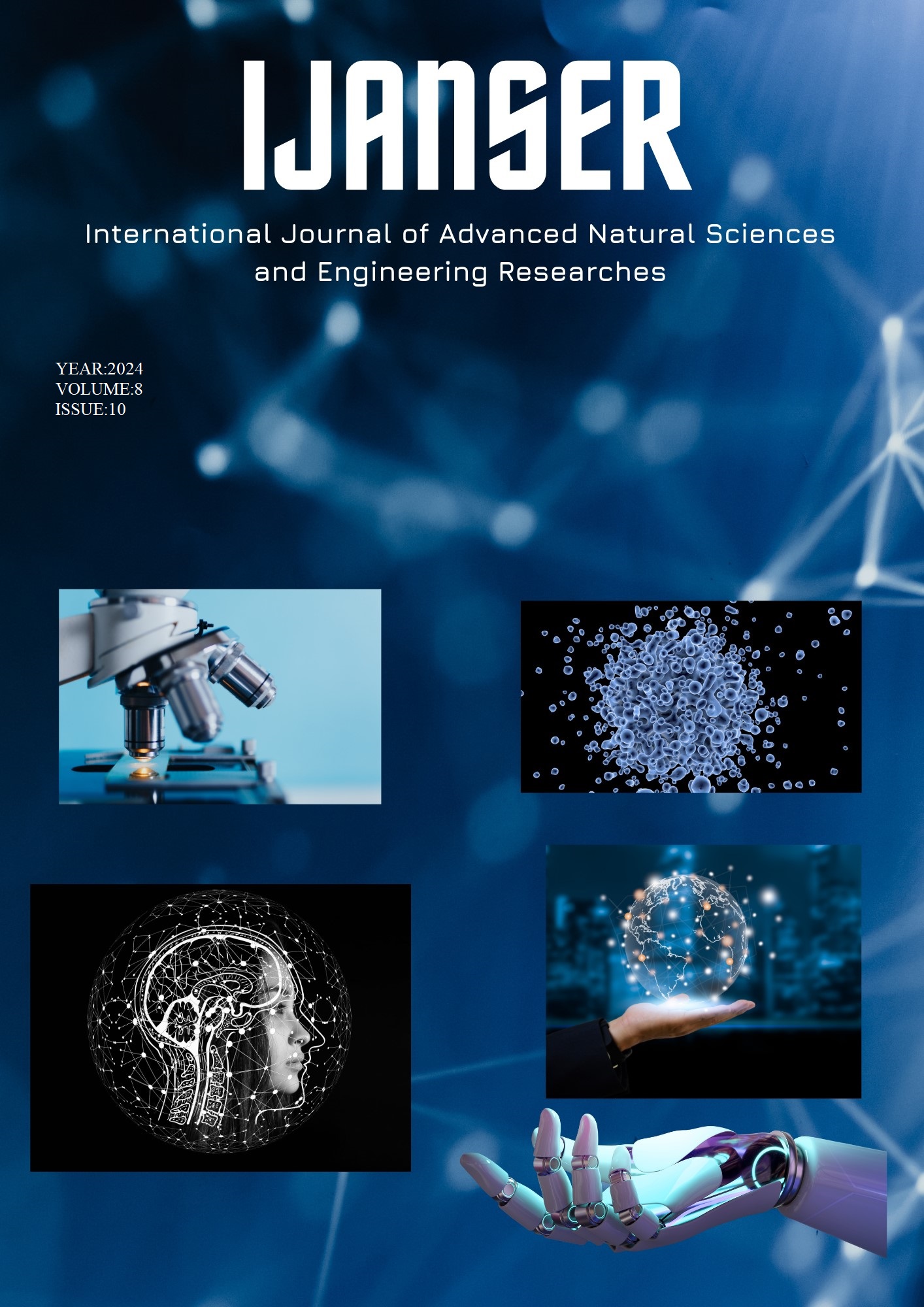Smart Temperature Monitoring and Control Using SBC Boards and IoT Technology
DOI:
https://doi.org/10.5281/zenodo.14188678Keywords:
Packet Tracer, SBC Card, Temperature Sensor, Internet Of Things, IoTAbstract
This study investigates a temperature monitoring and control system using Single Board Computers (SBCs) integrated with Internet of Things (IoT) technology, designed for real-time climate regulation in diverse environments. By utilizing SBCs like the Raspberry Pi, the system reads data from temperature sensors and executes control commands to maintain optimal conditions through connected devices, including RGB LEDs, heaters, and air conditioning units. Cisco Packet Tracer is employed for system simulation, demonstrating the setup’s architecture and functionality, as well as its effectiveness in achieving seamless interaction between hardware components. IoT connectivity allows for remote monitoring and automation, enhancing the system’s scalability, flexibility, and overall utility in both industrial and residential settings. The low energy consumption of Single Board Computers combined with precise control logic promotes energy efficiency, as appliances are only activated when needed. This study also discusses the potential for machine learning integration to achieve predictive control, enabling adaptive responses to environmental changes. By presenting a practical, scalable, and cost-effective solution, this research underscores the value of Single Board Computers and IoT technologies in advancing automated temperature management systems. The framework can be further expanded for use in dynamic applications, supporting future innovations in sustainable and efficient climate control.
Downloads
References
Pahlavan, K., & Krishnamurthy, P. (2013). Principles of Wireless Networks: A Unified Approach. Prentice Hall.
Upton, E., & Halfacree, G. (2016). Raspberry Pi User Guide. Wiley.
Cisco Networking Academy. (2021). Cisco Packet Tracer. Retrieved from Cisco Networking Academy
Wang, X., Wang, L., & Wang, Q. (2019). Smart temperature control system based on IoT technology. Journal of Automation and Control Engineering, 7(5), 22-27. DOI: 10.18178/jace.7.5.22-27.
Gubbi, J., Buyya, R., Marusic, S., & Palaniswami, M. (2013). Internet of Things (IoT): A vision, architectural elements, and future directions. Future Generation Computer Systems, 29(7), 1645-1660. DOI: 10.1016/j.future.2013.01.010.
Hossain, M. S., Rahman, M. A., & Uddin, M. S. (2018). Challenges and advancements in wearable temperature sensors. Sensors and Actuators A: Physical, 275, 169-184. DOI: 10.1016/j.sna.2018.01.013.
Zhou, H., Hu, Y., & Liu, J. (2020). A review of temperature control strategies for HVAC systems: A focus on energy efficiency. Renewable and Sustainable Energy Reviews, 120, 109654. DOI: 10.1016/j.rser.2019.109654.
S. Brown, C. W. Knight, "The Use of Blockly as a Teaching Tool for Beginners in Computer Programming," Proceedings of the 2018 IEEE Global Engineering Education Conference (EDUCON), pp. 685-691, 2018. DOI: 10.1109/EDUCON.2018.8363394.
G. K. Mahesh, R. R. S. Kumar, "A Comparative Study of Visual Programming Languages for Educational Purposes," International Journal of Innovative Research in Computer and Communication Engineering, vol. 3, no. 6, pp. 5126-5130, 2015.
A. D. L. R. B. C. E. Oliviera, "Visual Programming Languages: A Survey of the State of the Art," ACM Computing Surveys, vol. 51, no. 5, pp. 1-36, 2018. DOI: 10.1145/3168460





